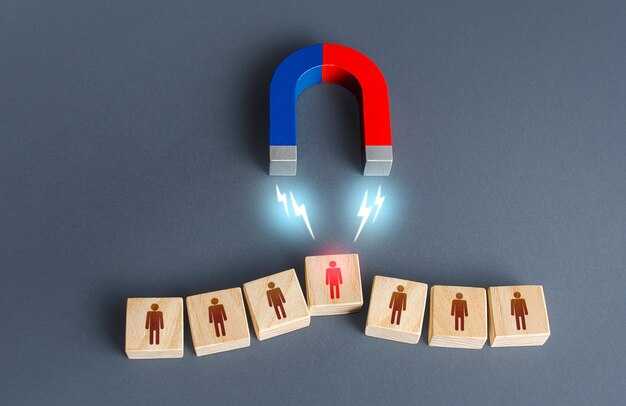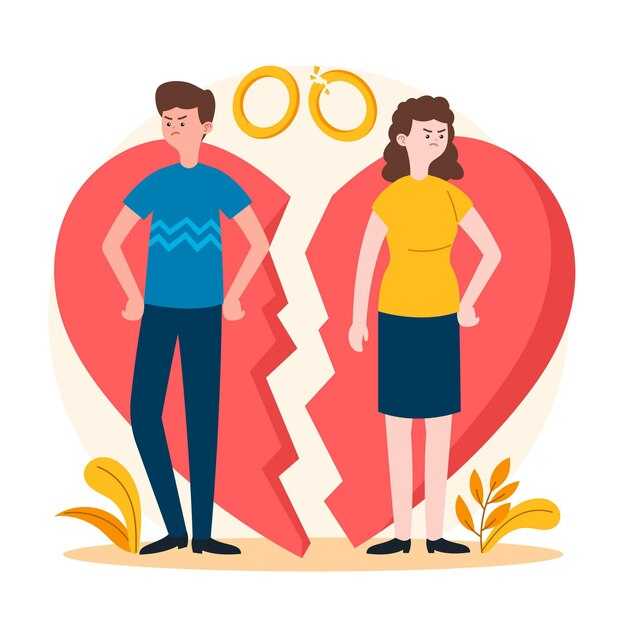Have you ever noticed that invisible pull — as if something inside you is drawn toward someone who simply cannot reciprocate love fully? You pour yourself out again and again, only to end up in that familiar hollow, replaying the same question: what did I do wrong? Here’s one truth you need to hear: this isn’t random, and it isn’t your fault. It’s a repeating pattern, a trap — and it’s time to shine a light on how it works. At the heart of it are two kinds of people who seem irresistibly drawn to one another. On one side stands the super-empath, the healer. You scan the emotional climate of every room, sensing what others need before they even ask. Your instinct is to repair, to nurture, to give love until someone is restored. Your heart is open, and your default is to be the one who mends what’s broken. On the other side is the avoidant — the fortress. They ache for connection as much as anyone, yet true closeness triggers alarm. Their defenses are tall, erected over years of wounds. Love for them is walled off by fear and a reliance on self. They learned early that depending on others was dangerous, so they made themselves the only safe person to count on. When the healer and the fortress meet, it feels inevitable — like fate. The empath finds a worthy purpose for their care; the avoidant feels a warmth that might penetrate those defenses. But the painful reality no one often says aloud is this: it’s not a union of complementary souls, it’s a convergence of compatible wounds. This piece will dismantle that trap step by step so the pattern can finally be understood and broken. How does the snare get set? Rarely by conscious choice. This intense attraction isn’t just chemistry — it’s history, encoded in nervous systems before the word love existed. Welcome to chapter 1: the unseen scars. Start with the empath’s wound. Many empath children grow up in households where emotions were unpredictable. A parent may have been emotionally unavailable, carrying their own unresolved trauma, or offering love only when certain conditions were met. In that world stability felt conditional, and survival depended on detecting and smoothing emotional turbulence. The empath becomes an emotional detective, learning micro-expressions, predicting shifts in mood, and cataloguing what keeps the household calm. Over time, personal needs are silenced because showing them felt risky or inconvenient. The payoff for becoming attuned and self-sacrificing was small reprieves: a rare moment of peace, a flicker of approval, a brief sense that things were okay. From these exchanges a belief was formed: worth equals the ability to regulate others, to heal and fix. Love transformed into action — a job the empath mastered. Now consider the other side: the fortress. The avoidant’s childhood lesson was different but equally wounding. Their emotional needs were often ignored, downplayed, or punished. Tears might have been met with orders to toughen up or with solitude. Comfort wasn’t available; vulnerability was dangerous and shameful. So they dimmed their own feelings, disconnecting from needs that had repeatedly gone unmet. Self-reliance didn’t feel like a choice — it was a survival strategy. Independence became armor, and dependence came to feel like a liability. Their internal script read: I must be self-sufficient. Needing others is weakness. Closeness leads to hurt. For them, love doesn’t signify safety; it signals loss of control and potential pain. Put these two people in the same space and their conscious minds may be oblivious, but their subconsciouses recognize one another instantly. The empath’s implicit message: “This person is distant, like the past. If I can get them to open up, I will finally heal that old wound and prove I deserve love.” The avoidant’s hidden message: “This person’s care feels unconditional — they won’t abandon me.” Yet the intensity can terrify; they are attracted to the warmth but afraid of the flames. It’s a tragic lock and key — and for a long time neither party suspects what’s really unfolding. With the unconscious contracts in place, the interaction becomes a dance — but not a gentle waltz. It turns into a jagged push–pull cycle that alternates between exhilaration and devastation. The harder you struggle, the more you sink into emotional quicksand. Welcome to chapter 2: the push–pull quicksand. The pattern usually starts with a craving you’ve carried your whole life. Step one is pursuit. For a short, intoxicating stretch the avoidant lowers their guard. They pursue with something that feels like a spotlight cutting through darkness: constant messages, sweeping plans, a mirroring of your deepest feelings in a way no one else has matched. You let your defenses fall. Finally, someone seems to match your intensity — the relief is intoxicating, flooding the body with dopamine and oxytocin, the bonding chemicals. But often they have fallen in love with an idea of connection, not the mundane reality of consistent intimacy. Then comes step two: the trigger. It’s rarely a dramatic incident; more often it’s subtle. A request for more time, the sharing of a vulnerable memory, or simply the relationship settling into reliable rhythm can set it off. Where you see safety, the avoidant perceives confinement. Their childhood wiring interprets growing closeness as a threat: engulfment, loss of autonomy. That alarm kicks in and ushers in the most painful movement in the cycle. Step three is the push. Communication dwindles to a trickle and then to silence. They grow distant, critical over small matters, or suddenly overwhelmed by “work.” Space is created not by honest dialogue, but by an unseen, icy wall. Sound familiar? The hollow feeling when a name shows up in social feeds but not as a reply to a message sent hours ago. The wrench in your gut when their responses shrink to one-word replies. You replay every exchange, obsessively searching for the mistake — was it neediness, something said, something implied? The reality is: you didn’t do anything fundamentally wrong. You simply moved too close. Their withdrawal ignites your deepest fear of abandonment. That fear triggers step four: the pull — the chase. Your nervous system surges. Old programming takes over. You reach out, try to repair, to understand, to win them back. Texts increase, patience heightens, indulgence grows. You unconsciously recreate the childhood role of needing to earn love and attention from someone emotionally distant. You pull them back into the dance. The cruel twist is that after a while they often return: either they feel safe again because distance was given, or they miss validation. They offer a breadcrumb of affection, and the relief is overwhelming. That relief trains the brain. It becomes a chemical hook. The addiction isn’t to the person per se, it’s to the cycle of tension and release. The roller coaster becomes mistaken for passion, when in fact it’s a destructive template for heartbreak. See the loop now? Pursuit, panic, push, pull — and then again. It’s draining and bewildering, and it raises the same baffling questions: if this relationship is so painful, why can’t it be left behind? Why does it feel like love? Here is the clarifying truth — and it will hurt to admit it because it asks for an end to a familiar story. Welcome to chapter 3: it’s not love. Those extreme peaks and valleys that masquerade as passion, as profound connection, have a clearer name in psychological terms: trauma bonding. A trauma bond forms through cycles of inconsistency and intermittent reward. The body becomes dependent on the cortisol spike of withdrawal and the dopamine surge of reconciliation. It is, in effect, a chemical addiction. The crucial realization is that intensity has been confused with intimacy. True intimacy is a steady, gentle warmth — a reliable fire beside which one can rest. A trauma bond is a series of volatile explosions: dazzling, addictive, and utterly unstable. After so many flashes, the empath can forget what simple, steady warmth feels like. That misguided mission — “my love will heal them” — fuels the whole mechanism. The empath sees the wounded child inside the fortress and believes their devotion is the unique key that will unlock change. The hardest lesson is this: love cannot be poured into a vessel that is frightened of being held. No amount of compassion, patience, or attention will fix someone who hasn’t chosen their own healing; that energy simply spills away, leaving the giver depleted while the other remains unchanged. An empath is not a rehabilitation center for an adult who hasn’t committed to growth. Love is a gift to be shared, not medicine to be forced upon someone who won’t take it. Breathe. This realization can be disorienting, yet it often brings the first clear light in a dark room. If that moment has arrived — if the mechanics of the trap are finally visible — make a simple declaration in the comments: I see it now. This isn’t for me. It’s a statement for yourself and a signal to others that they are not alone. Look at those replies and know you are part of a community waking up. Seeing the pattern is a vital first step, but disarming it requires the real work. If the impulse is now: “Okay, I get it, but what next?” — the following is where freedom begins. How does one break the magnetic pull and stop attracting unavailable partners, opting instead for relationships that can actually meet you? Chapter 4: reclaim your power. The first and hardest move is also the simplest. Step one: stop chasing. Start choosing. When distance appears, resist the learned reflex to close the gap. Stand still. Allow silence to be an answer rather than filling it with anxiety. When the urge to message, to check their profiles, or to demand explanations rises, pause. Breathe. Redirect that energy toward the person who’s been neglected in this dynamic: yourself. Take a walk, call a friend, return to a project left unfinished. Every time the impulse to chase is resisted, you choose yourself. Step two requires a mindset shift: regard your energy as sacred. Empathy and the capacity to love deeply are not inexhaustible resources. They are precious and finite. Far too often that generosity has been given away to those unable to hold it. Imagine yourself as a charging station: you cannot allow a malfunctioning device to drain your battery to empty daily. Setting boundaries is not selfish; it’s essential preservation. You get to determine who deserves access to your light. Step three is the deepest and most transformative: heal your own wound. The pattern runs both ways — it’s not only about the avoidant’s behavior, it’s about why the empath defaults to the savior role. Long-term change requires turning inward and addressing the belief that worth must be proven by being needed. Can you become whole without needing someone to validate you? Can you offer yourself the unconditional acceptance you have sought externally? This inward work changes the frequency that previously attracted unavailability. It starts by standing still, then by fencing off your sacred energy, and finally by healing the soil beneath your feet. When an empath stops looking for someone to save, they become an unstoppable force for their own life. The magnetism for brokenness fades, and in its place a beacon for wholeness emerges. Your light was never meant to scour the darkness hunting for people to fix; it’s meant to stand firm, shine clearly, and draw in what is whole. Protect that light — it’s everything. If this message landed with you, subscribe to continue the healing journey. Also watch the video on your screen now about the five red flags of an avoidant so you can identify this pattern early.














